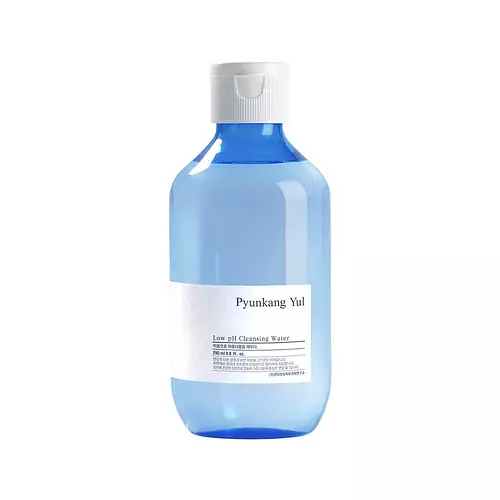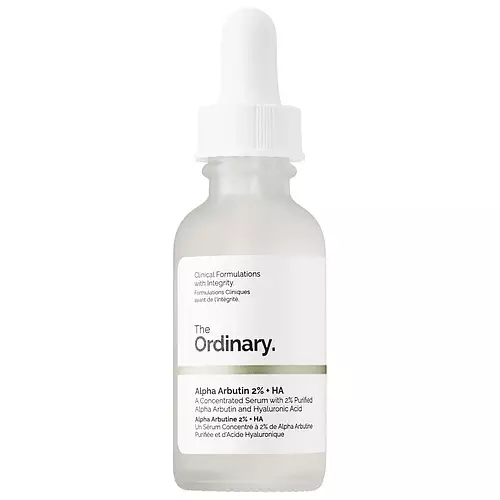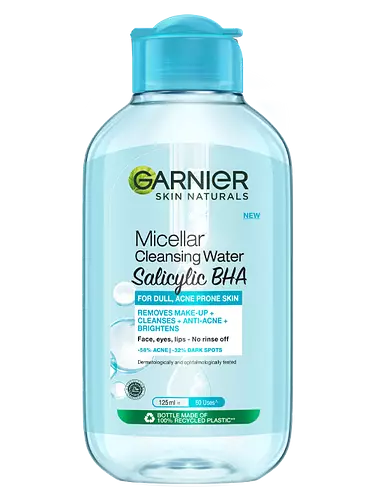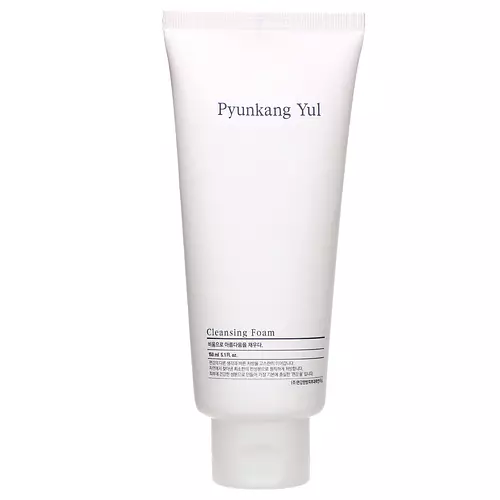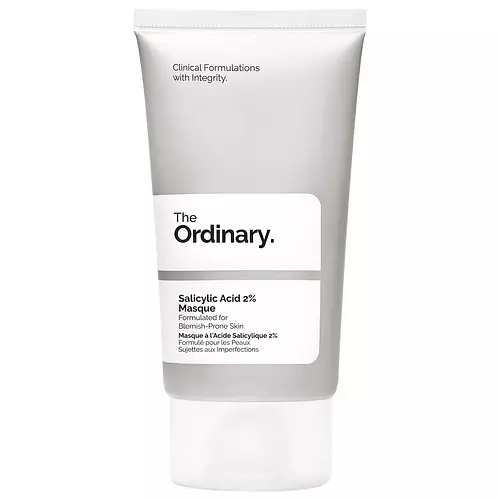Updated on December 25, 2023
Overview
What they are
These products are both cruelty-free and reef safe . They have a total of 3 ingredients in common
Suited For
They're both likely to be good for anti aging, brightening skin, sensitive skin, oily skin, reducing pores, scar healing and dark spots
Free From
They both do not contain any harsh alcohols, common allergens, fragrances, parabens, silicones or sulfates
We independently verify ingredients, and our claims are backed by peer-reviewed research. Spot a product that needs an update? Let us know.
Ingredient Info
COSRX AHA/BHA Clarifying Treatment Toner 11 ingredients
Paula's Choice 5% Niacinamide Body Serum 38 ingredients
At a glance
Click on any of the items below to learn more
COSRX AHA/BHA Clarifying Treatment Toner 11 ingredients
Paula's Choice 5% Niacinamide Body Serum 38 ingredients
Notable Ingredients
This product contains 1 ingredient that may have this attribute:
This product contains 1 ingredient that may have this attribute:
Benefits
This product contains 2 ingredients that may have this attribute:
This product contains 1 ingredient that may have this attribute:
This product contains 1 ingredient that may have this attribute:
This product contains 2 ingredients that may have this attribute:
This product contains 1 ingredient that may have this attribute:
This product contains 1 ingredient that may have this attribute:
This product contains 2 ingredients that may have this attribute:
This product contains 1 ingredient that may have this attribute:
Concerns
This product contains 1 ingredient that may have this attribute:
This product contains 2 ingredients that may have this attribute:
Notable Ingredients
This product contains 1 ingredient that may have this attribute:
This product contains 2 ingredients that may have this attribute:
This product contains 1 ingredient that may have this attribute:
This product contains 1 ingredient that may have this attribute:
Benefits
This product contains 6 ingredients that may have this attribute:
This product contains 1 ingredient that may have this attribute:
This product contains 2 ingredients that may have this attribute:
This product contains 2 ingredients that may have this attribute:
This product contains 1 ingredient that may have this attribute:
This product contains 2 ingredients that may have this attribute:
This product contains 1 ingredient that may have this attribute:
This product contains 1 ingredient that may have this attribute:
This product contains 1 ingredient that may have this attribute:
This product contains 3 ingredients that may have this attribute:
Concerns
This product contains 2 ingredients that may have this attribute:
This product contains 1 ingredient that may have this attribute:
This product contains 1 ingredient that may have this attribute:
This product contains 1 ingredient that may have this attribute:
This product contains 1 ingredient that may have this attribute:
Ingredients Side-by-side
Ingredients Explained
These ingredients are found in both products.
Ingredients higher up in an ingredient list are typically present in a larger amount.
Water. It's the most common cosmetic ingredient of all. You'll usually see it at the top of ingredient lists, meaning that it makes up the largest part of the product.
So why is it so popular? Water most often acts as a solvent - this means that it helps dissolve other ingredients into the formulation.
You'll also recognize water as that liquid we all need to stay alive. Talk about multi-purpose! If you see this, drink a glass of water. Stay hydrated!
Learn more about Water1,2-Hexanediol is a multi-tasker ingredient. It acts as a preservative to increase shelf-life and can aid other preservatives in preventing microbe growth. 1,2-Hexanediol also helps the skin retain moisture as a humectant.
In products that are water-based, this ingredient can help stabilize perfumes and fragrances. It can also help make the texture of products softer and more smooth.
Panthenol (also referred to as pro-vitamin B5) is a common ingredient that helps hydrate and soothe the skin.
lt is a humectant, meaning that it helps the skin attract and retain moisture.
Another benefit is the anti-inflammatory abilities. This means that it's great for sensitive, irritation-prone skin.
Once oxidized, panthenol converts to pantothenic acid. Panthothenic acid is found in all living cells.
Learn more about PanthenolIngredient Ratings
Here's what our community thinks of the ingredients in these two products.
When to use
COSRX AHA/BHA Clarifying Treatment Toner 11 ingredients
Paula's Choice 5% Niacinamide Body Serum 38 ingredients

Reviews
Here's what our community thinks
COSRX AHA/BHA Clarifying Treatment Toner 11 ingredients
Gracekp_827
My first chemical exfoliator. Great as an introduction for beginner or sensitive skin. Works well for a couple of months and then it didn't give...
My first chemical exfoliator. Great as an introduction for beginner or sensitive skin. Works well for a couple of months and then it didn't give the same effect as it used to. Help reduce blackheads, bumps, and prevent hormonal aches.
jojoswrld_
When I first used this, it made my skin tingle ever-so-slightly before revealing the smoothest skin ever. The ever-present texture (closed...
When I first used this, it made my skin tingle ever-so-slightly before revealing the smoothest skin ever. The ever-present texture (closed comedones) on my forehead and cheeks have diminished greatly because of this. I only use it at night because AHA can cause sensitivity to sunlight!

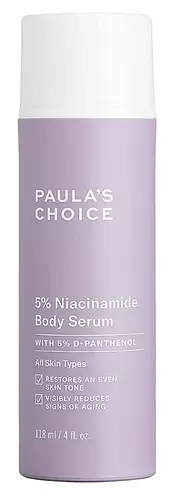








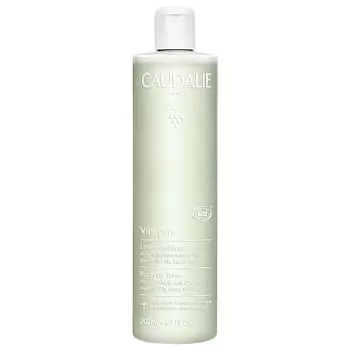
%20-%20Google%20Chrome%2026.07.2023%2013_35_03.png)
